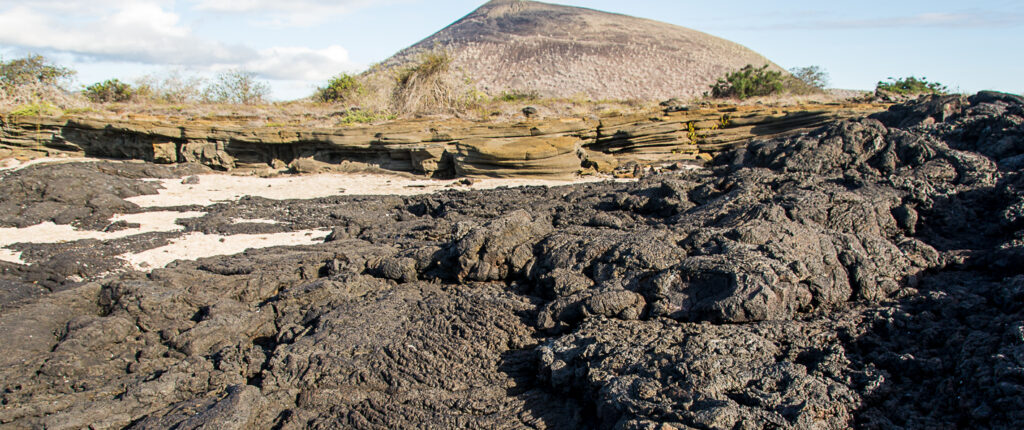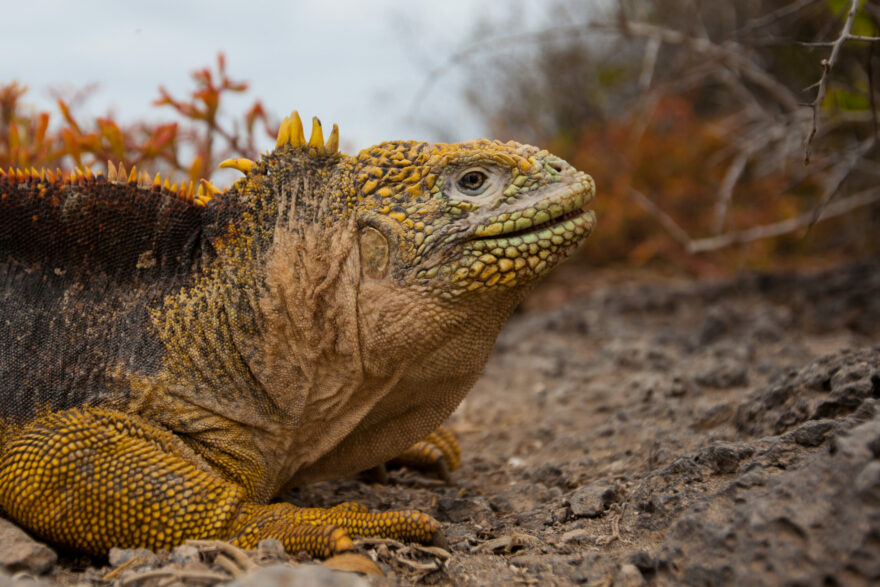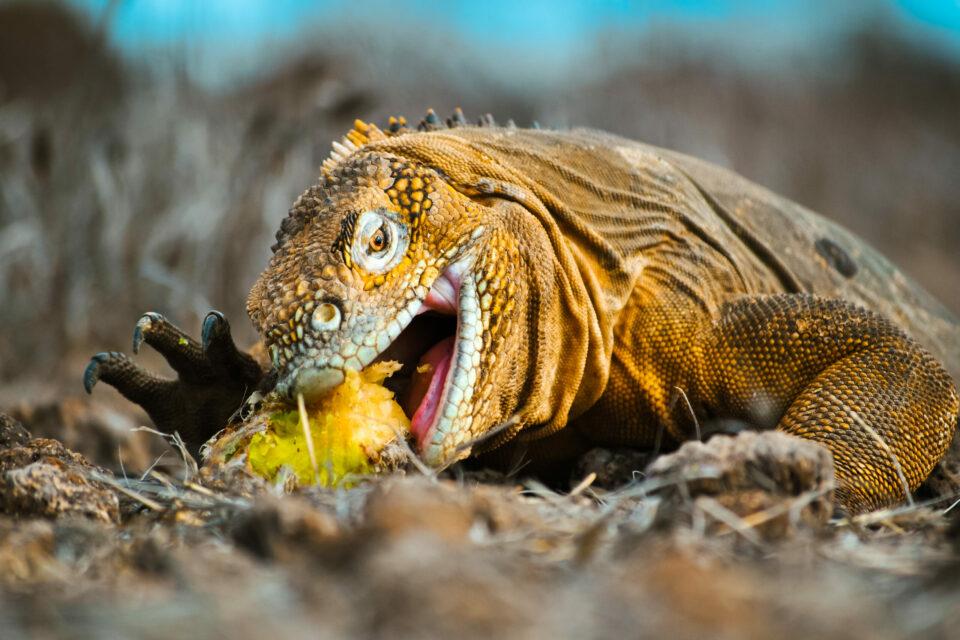
Island overview
Santiago is formed from two overlapping shield volcanoes, and is one of the most geologically interesting of the Galapagos Islands.
There are several land and marine tourist sites around the island, and visitors will see striking black pahoehoe lava flows, the rocks bunched up due to the viscosity of the lava when it cooled. The oldest lava flows on the island date back some 750,000 years, and the last recorded volcanic activity on Santiago occurred between 1904 and 1906.
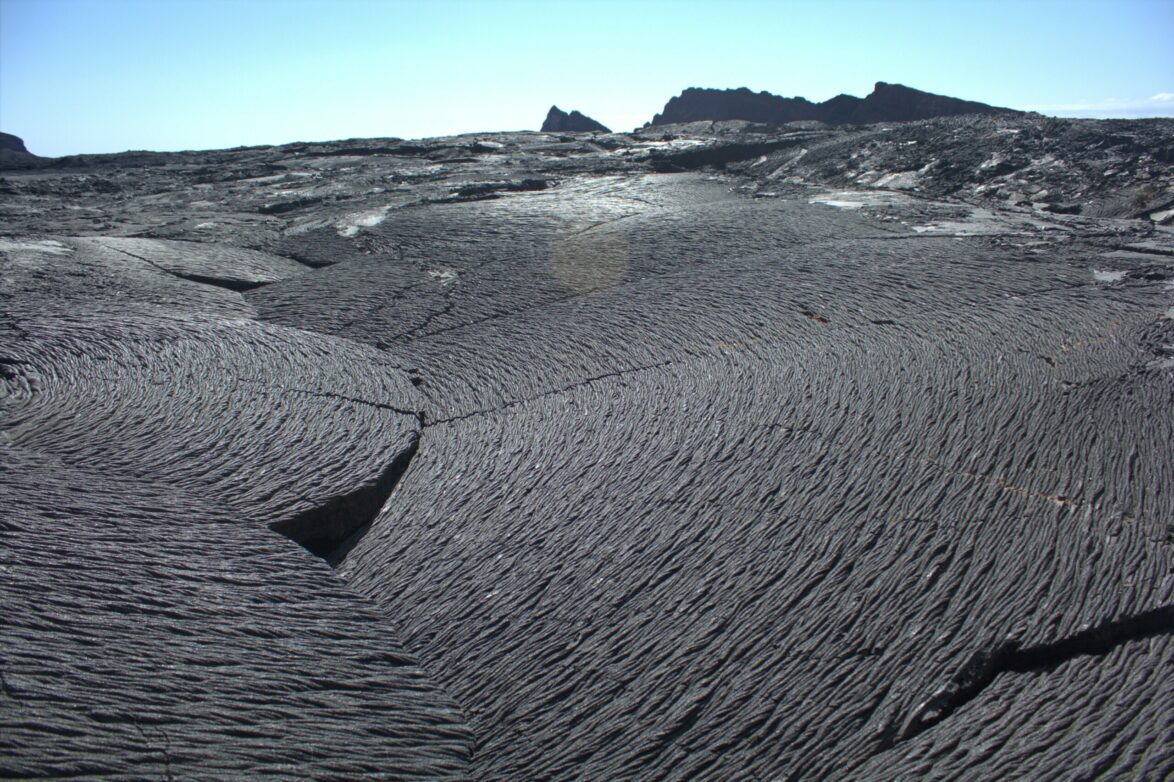
Humans have played an important, and damaging, role in the island’s more recent history. When Charles Darwin arrived on Santiago in October 1835, the Spanish had already begun mining salt on the island, an activity that continued into the 20th century. Santiago was used as a staging post by pirates and whalers, who used the island as a source of wood, water and tortoise meat. In the 1930s an attempt was made to colonise the island, and while this ultimately failed and Santiago remains uninhabited, the island’s ecosystem has suffered many of the same depredations as those on the inhabited islands thanks to the introduction of invasive species.
Thankfully Santiago is now recovering, home to numerous bird species including flamingos, Galapagos hawks, pintail ducks, short-eared owls and blue-footed boobies. Marine and land iguanas are both present on the island, along with fur seals and nesting sea turtles. There are a number of dive sites around the island, with the chance to spot species such as Galapagos sea lions, penguins, rays and Galapagos, whitetip and hammerhead sharks.
Wildlife highlights

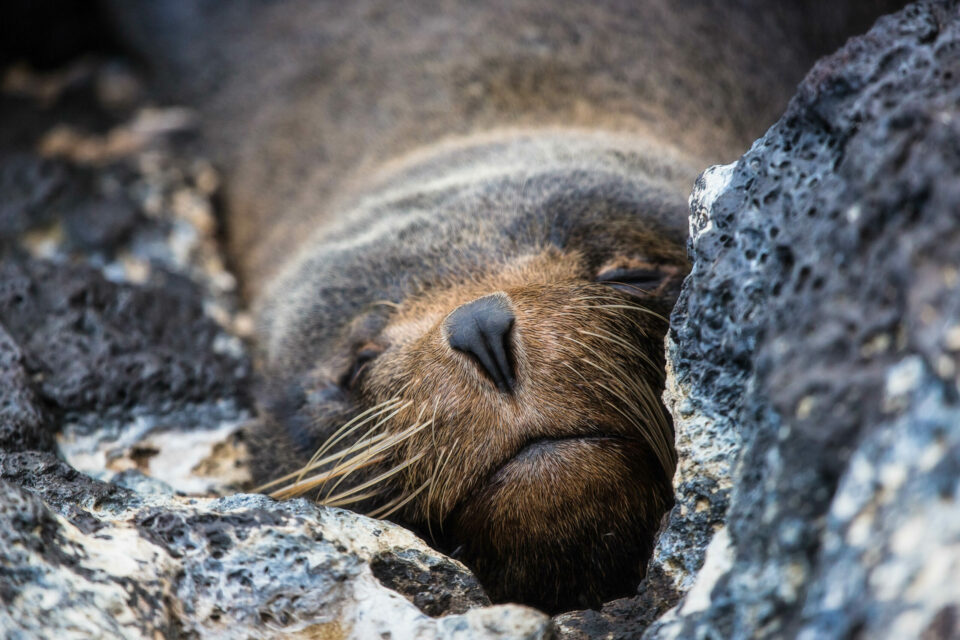
Galapagos fur seal
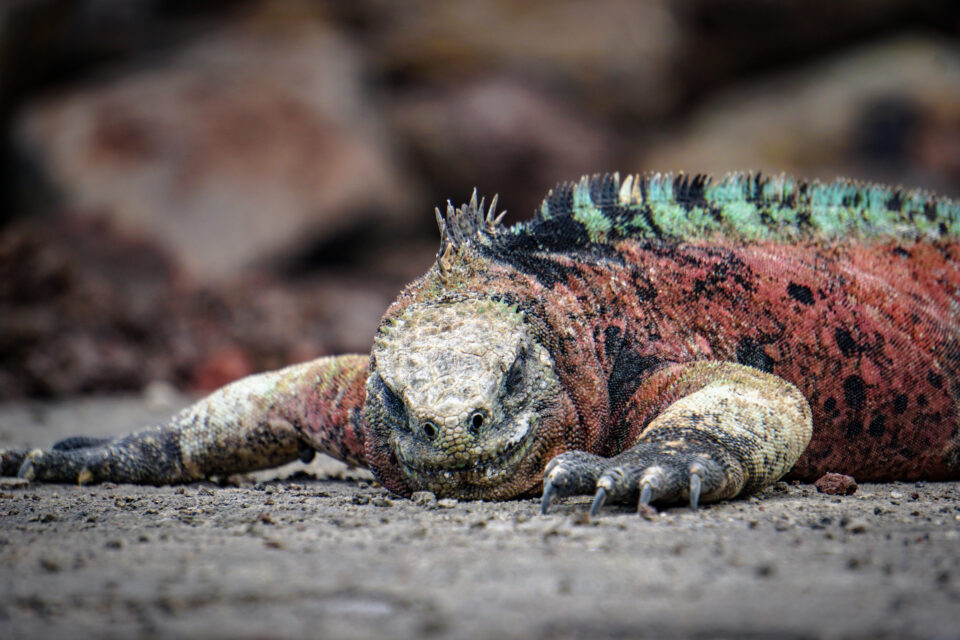
Marine iguana
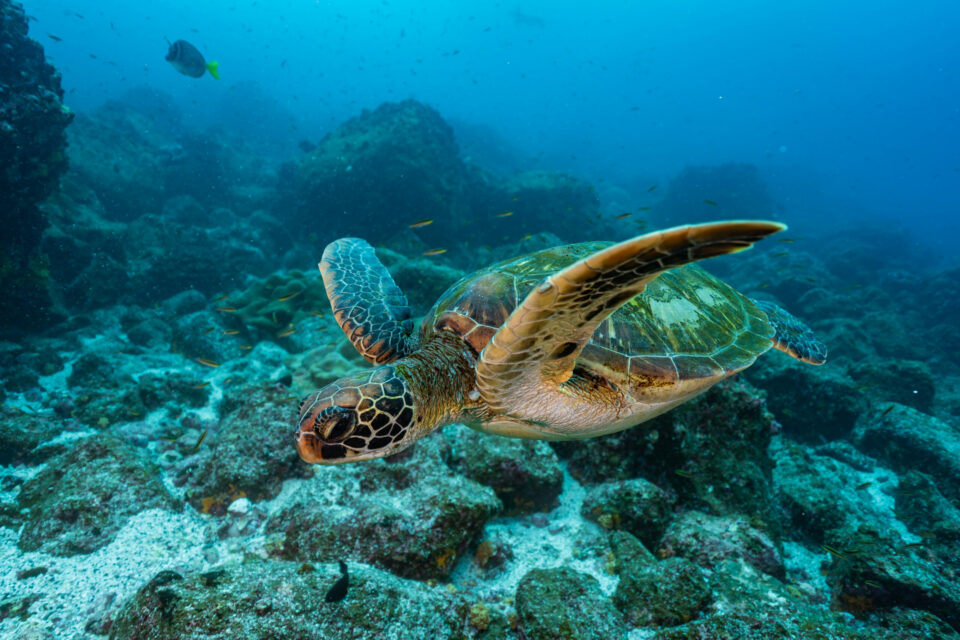
Galapagos green turtle
Conservation challenges
During the 1800s and early 1900s, humans introduced pigs, goats and donkeys to Santiago with devastating effects, stripping the island of its vegetation, causing massive erosion and predating on the eggs and hatchlings of tortoises, turtles and ground-nesting birds. The dramatic changes to the habitat and the presence of these invasive species are thought to be the reason why the Galapagos land iguana, abundant at the time of Darwin’s visit to the island, was extinct on Santiago by the 20th century.
By 2006, the eradication of all three invasive species had been completed, and in 2019 the Galapagos National Park and Island Conservation released 3,000 land iguanas on the island, a project supported by GCT, which has restored the species to Santiago after a long absence. The iguanas are now successfully reproducing, and the island has already begun to show positive changes due to the reintroduction, with the iguanas opening up paths, removing soil and dispersing seeds.

